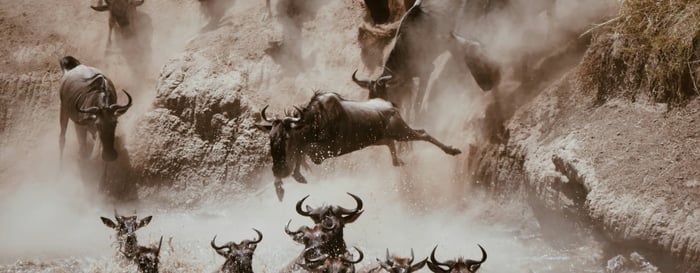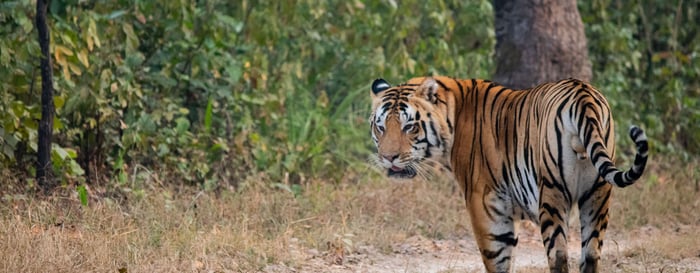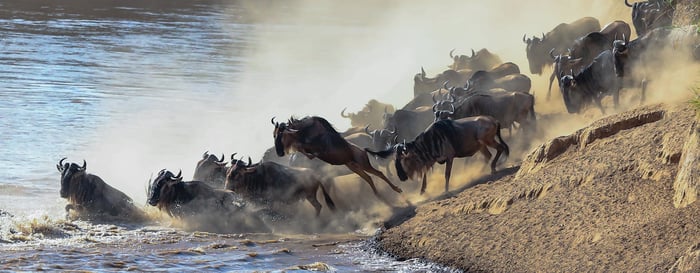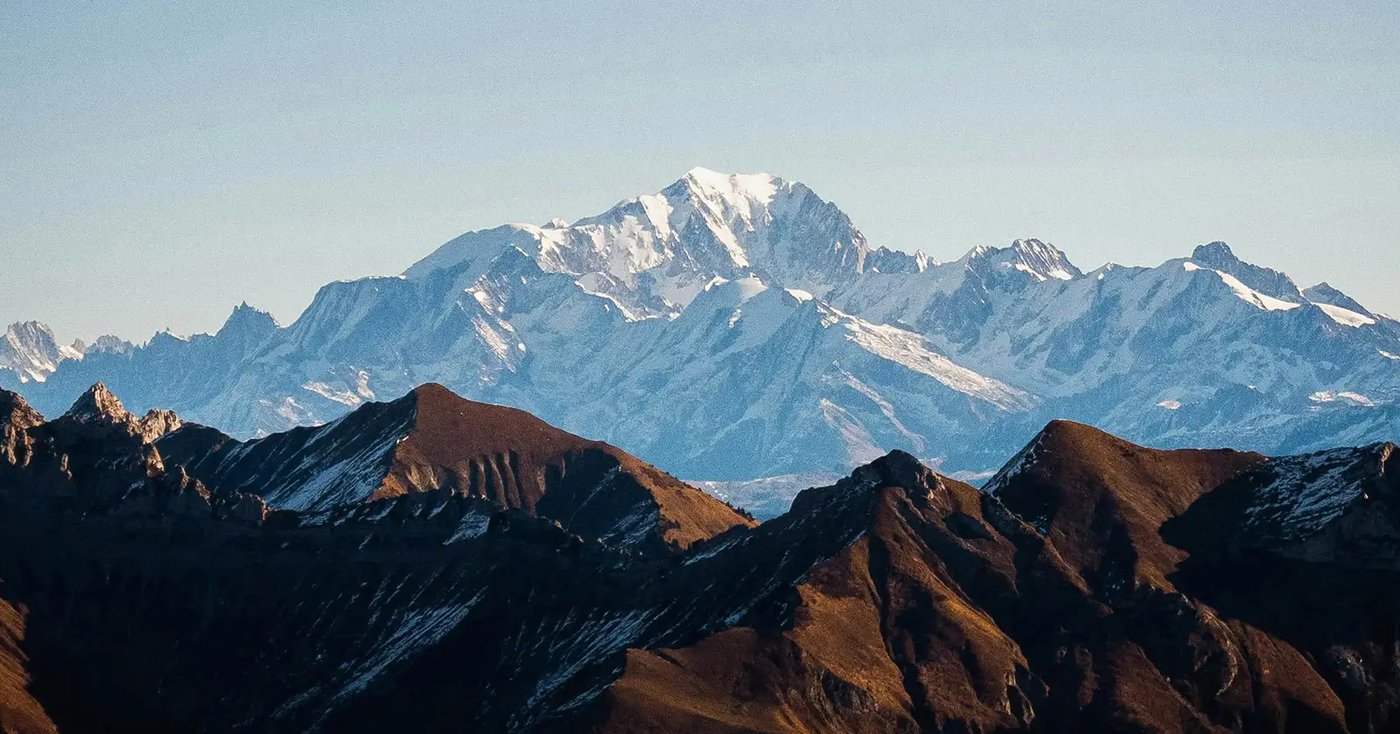Asante, a two-month-old elephant found in Kenya’s Masai Mara nestled against her dead mother’s body, gently entwines her trunk around my waist as I open the gate to her pen. She is recuperating at the David Sheldrick Wildlife Trust in Nairobi, a haven for orphaned elephant and rhino set up 1977 by Daphne Sheldrick. However, the much-loved institution risks being overwhelmed by the tidal wave of poaching sweeping across Africa’s wildlife.
A little more than a decade ago it appeared the ivory trade had been brought under control. The trade, which has existed for centuries, had grown to such an extent by the 1970s that elephant faced the risk of extinction. However, concerted crackdowns on poaching and smuggling, and education of consumers about the terrible cost of ivory, eventually reduced demand in the West to a negligible amount.
The Asian rhino has been hunted to virtual extinction because its horn, which is made of keratin, the same substance as hair, feathers and fingernails. It has been used in traditional Asian medicine for centuries to treat fever and other ills, despite having no medicinal value. However, the black and white rhino of Africa were abundant throughout the 20th century, and the main threat they faced was habitat loss. In 2001, only one rhino was killed in South Africa; in 2006 this had increased to just 10.

But poaching has exploded since then. The situation has become so desperate that many conservationists believe there isn’t enough time left to save these magnificent beasts anywhere other than in zoos and breeding centres. Some 35,000 elephants are estimated to have been killed in each of the past five years, with about 500,000 remaining today. Devastating as that sounds, a recent United Nations-backed analysis of ivory seizures around the world suggests the death toll may have been far higher. There is no single continent-wide figure for rhino, but South Africa, which has the majority of the remaining population of 25,000, reported 1,215 rhino were killed last year. If poaching continues at this pace, rhino could be extinct by 2020 and elephant by 2026.
Poaching on this scale is a new phenomenon, funded by modern technology, transport and ammunition—and ancient beliefs held far from African shores. In the past five years, practitioners in China and Vietnam have endowed rhino horn with even more fantastic properties than they previously held, such as the ability to cure cancer, hangovers and impotence, and as a result, the value of a kilo of horn has hit US$60,000. Elephants, highly emotional animals with powerful family bonds, are also grieving their dead across Africa daily because the value of their tusks has been driven to US$2,100 a kilo by demand from China’s burgeoning middle class, which prizes ivory carvings, jewellery and chopsticks.
With such vast sums of money up for grabs, stopping poaching on the ground has become virtually impossible. Poachers were once impoverished locals armed with little more than a spear and unable to resist the relatively paltry sums—about US$1,000 for an entire rhino horn, which averages about 3kg—offered by traffickers. Today, terrorist rings such as Somalia-based Al-Shabaab fill their coffers via the wildlife trade, which means poachers are armed with military-grade weapons.

In Tanzania, I meet Musoma, a member of the Kamba tribe, who lives in the northern Serengeti, a park where nearly 30 elephant are poached every day. Through a translator, he tells me about the poachers, who are typically from Somalia and the Democratic Republic of Congo. “But last year a man from my village reported the poachers and a week later he and his entire family were shot,” he says. Now we’re too afraid to report anyone.”
He leads me to the corpse of an elephant killed a month earlier. The poachers covered the carcase with branches so it wouldn’t attract vultures, which act as an alert for rangers, and although scavengers have cleaned most of the carcass, but I can still see that half the elephant’s face has been hacked off by a machete. “This animal has not died naturally. Someone must stop this,” says Musoma quietly.
Sadly, this is a well-worn scene across Africa, and in South Africa game rangers in the Kruger Park have to live through the trauma of finding slaughtered animals on a daily basis. Poaching has reached such a critical stage that the government has declared the famous conservation park a war zone. The US has donated drones and artillery to help monitor Kruger’s borders, where 60 per cent of the world’s rhino poaching occurs. “President Obama made it clear that combating the illegal wildlife trade would be a priority of his administration,” says Patrick Bergin, CEO of the African Wildlife Foundation (AWF) and a special adviser to the White House.

Bergin believes a three-pronged approach is essential. “First, we need to stop poaching, with armed task forces and relocation projects,” he says. “Second, we need to stop the trafficking by stamping out corruption among customs, shipping and government officials. Third, and probably most importantly, we need to stop the demand, which means a vast re-education programme across China and Vietnam.”
It is widely agreed that unless attitudes in Asia change, the crisis will end with the extinction of elephant and rhino. Unfortunately, re-education programmes are a lot less sexy than the “boots-and-bullets” approach of protecting animals on the ground, which means the media spotlight—and most of the money—is focused on Africa. “Attempting to curb the demand in Asia brings less immediate results because it requires a re-evaluation of belief systems, which can’t happen overnight,” says Bergin. “But Africa’s elephants and rhinos don’t have the luxury of time, so we must work with all our might. We have launched a ‘Say No’ public awareness campaign in China and Vietnam with clips and posters starring local celebrities, such as Yao Ming, Li Bingbing and Jackie Chan, and the tag line, ‘When the buying stops, the killing can too.’”
The campaign in each country needs its own specific focus. The biggest issue in China is ivory, which is seen as a luxury product. The AWF needs to tarnish this perception by showing there is nothing luxurious in the brutal death of the poached animal. In Vietnam, where the major issue is rhino horn, re-education campaigns need to convince consumers that despite deeply held traditional beliefs, rhino horn has no medicinal qualities.

From endemic corruption in Africa and Asia to the strength of international trafficking rings and entrenched belief systems, fighting the poaching crisis can seem like a formidable uphill battle. However, on my final day in Tanzania, I watch a herd of elephant playing in a riverbed and am struck once again by their gentleness, their guilelessness and their powerful family bonds. In many ways, they share the best of our human qualities and none of the worst, and somehow they put everything into perspective. So daunting as this fight is, we have no choice but to engage in it with all our might because the world needs elephant and the world needs rhino. And now the world needs to fight for their survival.
Mobile Migration in Tanzania
Serengeti & Northern Tanzania Ngorongoro Crater & Lake Manyara Tanzania Africa
- The beauty of the Ngorongoro Crater, a UNESCO World Heritage site
- Daily nature drives across a landscape including 25,000 animals
- Guided walks, sundowners and Maasai cultural experiences
- A hot-air balloon flight over the open savannah at sunrise
- Witnessing the wildebeest migration from Serengeti National Park
Safari In India
Rajasthan Central India Delhi & Agra
- Visit Delhi, the capital of India that offers a sedate blend of culture, art, modern architecture and eccentric cuisines.
- Explore Kanha, the prettiest park in Central India, tracking the Royal Bengal tigers
- Enjoy morning and afternoon nature drives looking for jackals, jungle cats and 200 species of bird
- Search the forests of Bandhavgarh for the Dhole (Indian Wild dog)
- See the famous Dhobi Ghat doing their washing in public during a city tour of Mumbai
The Great Migration Safari
Maasai Mara & Southern Kenya Serengeti & Northern Tanzania
- Experience The Great Migration, one of the greatest wonders of the world
- Explore the northern Mara Conservancy on daily games drives with your guide
- Head out for nighttime nature drives game looking for nocturnal animals
- Meet local people and understand the culture of the Kenyan tribes
- Relax with sundowners and spa treatments in the magical Serengeti











